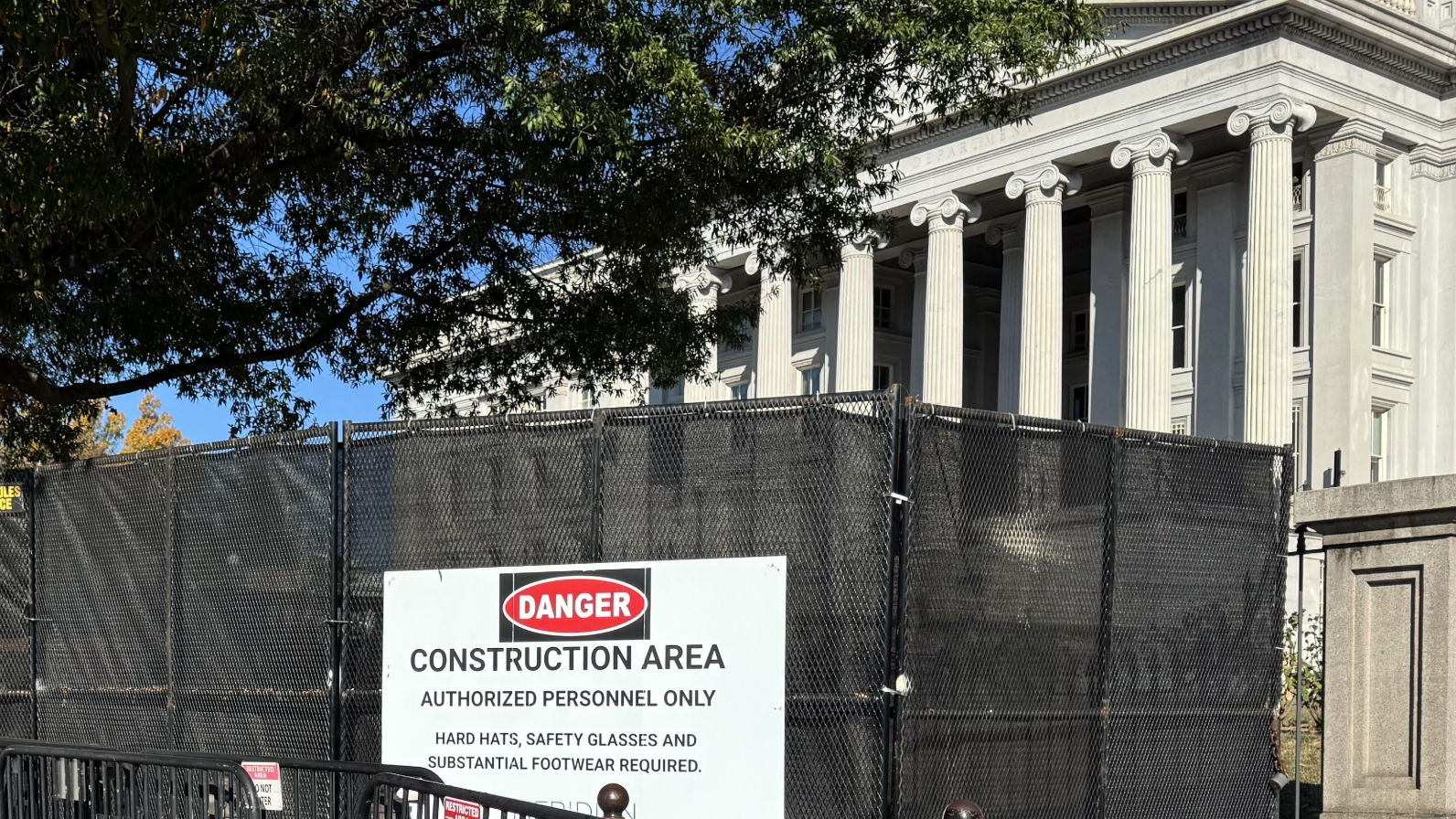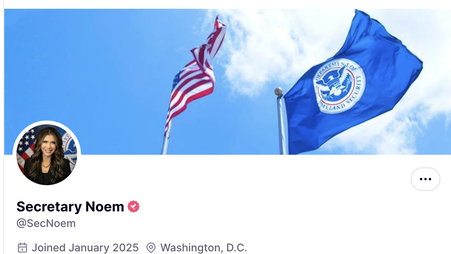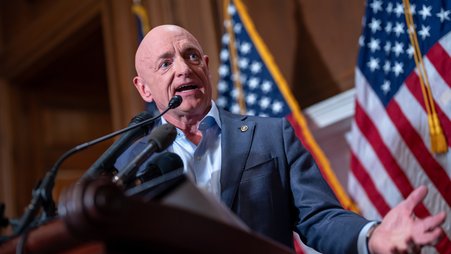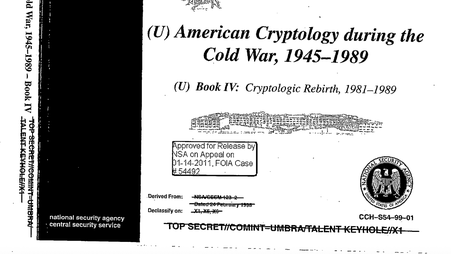I recently visited the White House — or at least got as close as possible, given the maze of construction barriers — hoping to glimpse the spot where the East Wing once stood, now that it’s been demolished to make room for President Donald Trump’s long-desired ballroom.
The entire block was sealed off, so I couldn’t see anything. And thanks to a Treasury Department order barring employees from taking photos, neither can anyone else.
The secrecy, unfortunately, goes beyond views of the demolition site.
Here are the top three secrecy questions we should be asking about the White House ballroom — and where we can look for answers.
1. Is there a budget?
The July 31, 2025, executive order announcing the ballroom said the project would cost roughly $200 million. That estimate later increased to $250 million and now sits at $300 million.
The biggest question is, does a detailed budget for this process even exist? And how were the contracts awarded for both the demolition of the East Wing and the construction of the ballroom, and were any competitive bids considered before the selection?
2. Who are the donors and what do they get in return?
Trump has said the ballroom is being funded “100 percent by me and some of my friends.” We don’t know that this is true, and it’s not yet been confirmed that no federal funding is being used for this project.
And while the White House has released a list of dozens of donors, including “friends” like Google, Palantir, and Lockheed Martin, we shouldn’t assume it’s the full list. (The ballroom donations are being managed by the Trust for the National Mall, which is a nonprofit and therefore not required to provide a public accounting of the donors.)
Our questions must be: Is there a complete list of donors? When will it be made public? And have any of the donors signed any agreements in exchange for their contributions?
3. Where should we look for answers?
The most consequential question of all is, where do we go for answers?
The best place to start is by filing Freedom of Information Act requests with the federal agencies involved in the construction project.
While the Trump administration is stretching FOIA to its breaking point, federal agencies are still required to accept and process FOIA requests — even during a government shutdown. If agencies fail to respond, the public can still sue for the records’ release, which isn’t an option when dealing with either the White House or a private entity like the Trust for the National Mall.
With this in mind, Freedom of the Press Foundation (FPF) has already filed FOIA requests with the following agencies:
- National Park Service, which is supported by the Trust for the National Mall
- U.S. Secret Service, which is involved in discussions about the ballroom’s design features
- National Capital Planning Commission, which has the authority to review any new White House construction plans
- Office of Management and Budget, which would be included in any discussion of funding for the project
The public deserves to see more than construction barriers. We have a right to the full paper trail behind this extraordinary project — including whether powerful corporations are buying favor through their “donations” to Trump’s latest lavish build.
And we shouldn’t have to wait until the Trumps waltz across their new ballroom floor to scrutinize those records.





